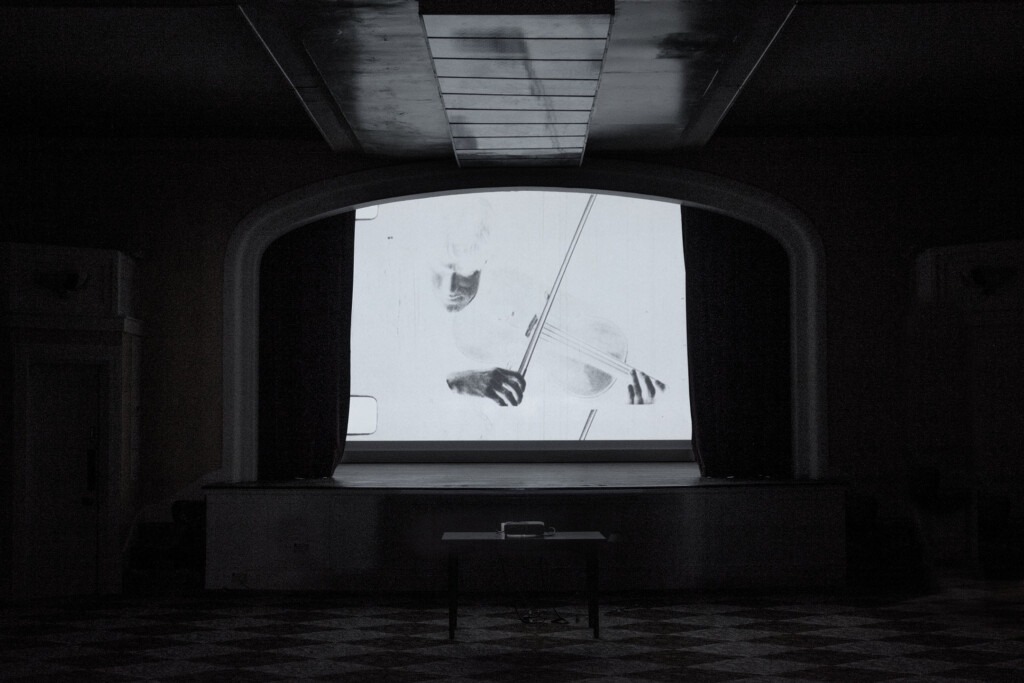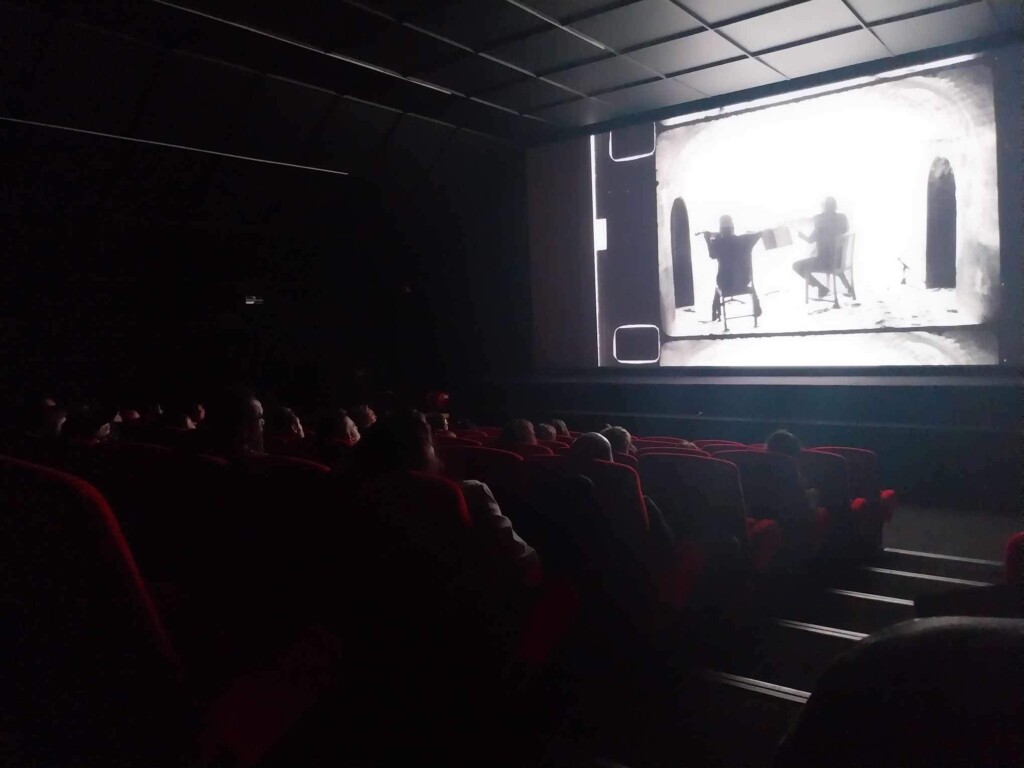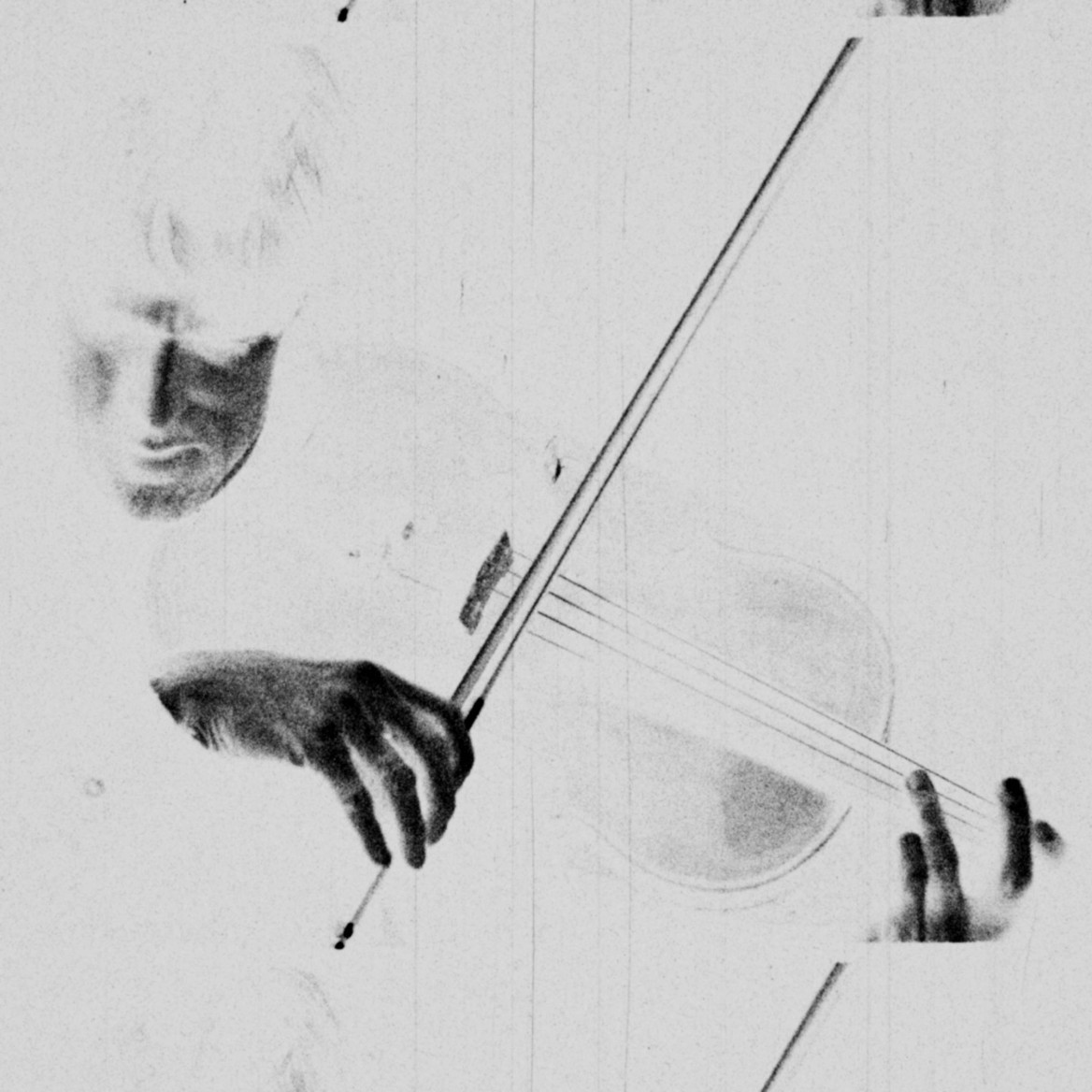A 16mm music film by Kate Beaugié & Ewan Golder
Featuring the Sacconi Quartet playing Ludwig Van Beethoven String Quartet no. 14 in C♯ minor, Opus 131 | Movement 1: ‘Adagio ma non troppo e molto espressivo’.
TEMPO ADAGIO was made as part of Kate Beaugié's Artist Residency with the Sacconi Quartet in 2021/2

TEMPO ADAGIO was selected from almost 1300 entries to be one of 32 finalist to be shown at the Festival des Cinémas Différents et Expérimentaux in Paris on the 13th October 2023.
It was screened:
Cinéma Le Grand Action
5 rue des Ecoles
75005 Paris
Tarif Unique : 5€

Photo by Ewan Golder
Notes on the film by Kate Beaugié
"The subject of time is crucial in music; time is broken up into notes, with varying lengths of time, played at varying speeds, working with the meter of our hearts to slow us down or to speed us up.
Speed also influences the feelings from the music and our resulting emotion.
The movement used in our film, Movement no 1: "Adagio ma non troppo e molto espressivo" means slowly, but not too slowly, with much expression.
I also found that from arranging the performance on the beach, the time of the tides and the arc of the sun was very important. It made me realise our perception of time varies and is not strict and rigid, like the Roman's would have us believe.
My time is sculpted by the sun and the moon and my experience of living.
So as part of my residency with the Sacconi Quartet, I decided to make a time-based artwork in the form of a 16mm film.
16mm film was invented in 1923 and was an evolution of the film 35mm seen on the 'Silver Screen' or at 'The Flicks'.
Halving the width of the film made it more affordable/ accessible to experimental filmmakers and amateurs. There are 24 frames (stills) per second in film, but we can speed it up or slow down time by adjusting that number of frames.
In my filming, I made a number of time-lapses where I would click one frame at calculated intervals. In the time-lapse of the shadow of the arches moving down, I pressed the shutter once, every 5 seconds, for 1 hour which achieved 30 seconds of footage.
I changed our perception of time.
The first time I projected my film in my studio, it was so exciting. It must of felt like magic back in the early 20th century when photographic stills started to move at that speed and our minds were tricked into thinking we were watching a memory brought back from the past.
I took 4 x 3-minute films (which is 400ft of film footage) and developed it myself in my darkroom in Dover, with remote help from Nicky Hamlyn.
I gave Ewan about 9 minutes of usable footage to make a 7-minute film from…
Working with Ewan is a fun experience; he seems to disrupt my desired perfection and causes havoc with my expectations, so we find an interesting balance between order and chaos."
Kate Beaugié, September 2021
16mm film footage by Kate Beaugié.
Sound recorded and mixed by Andy Thomas-Emans.
Film edited by Ewan Golder.
© Ewan Golder & Kate Beaugié 2022.
Filmed in 2021/22 using 16mm film on Sunny Sands Beach, Folkestone, Kent, UK
Exhibited at the light and sound event 'Beethoven on the Beach Revisited' at The Grand, where the film was shown as an installation on the stage in The Ballroom.
Project supported by Sounds Folkestone

